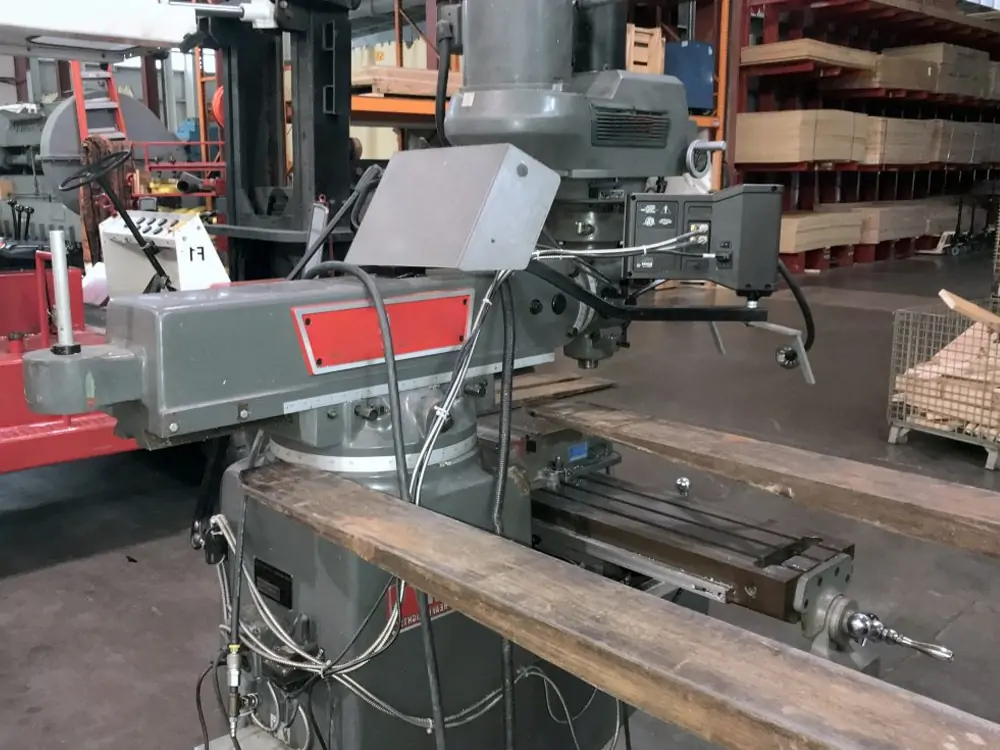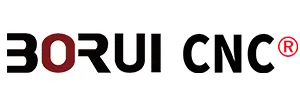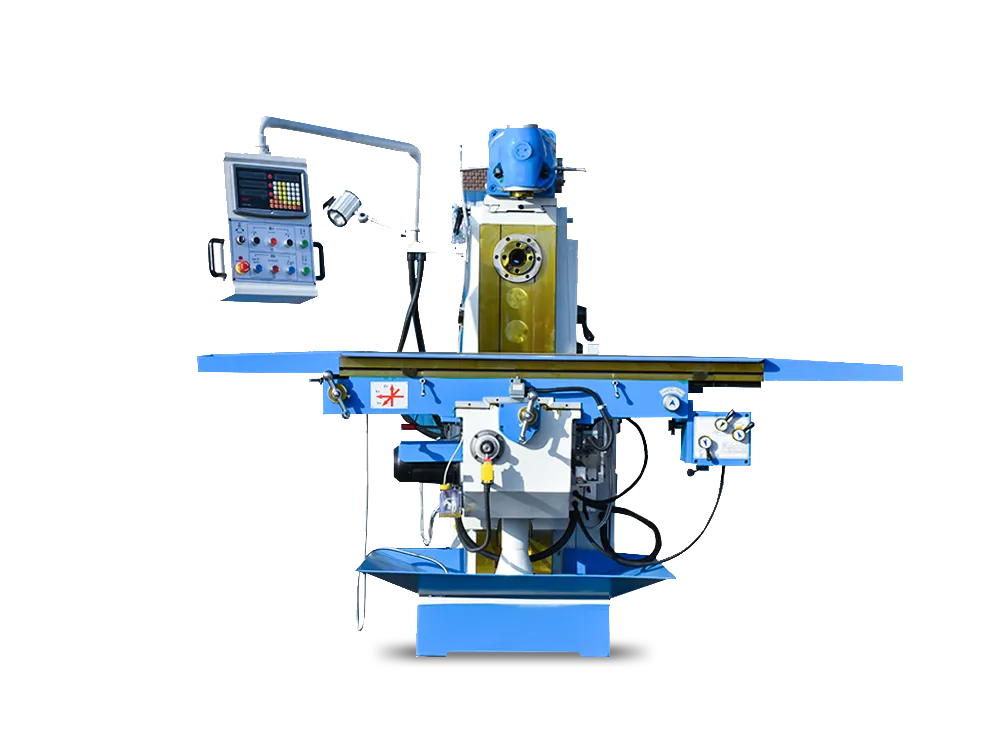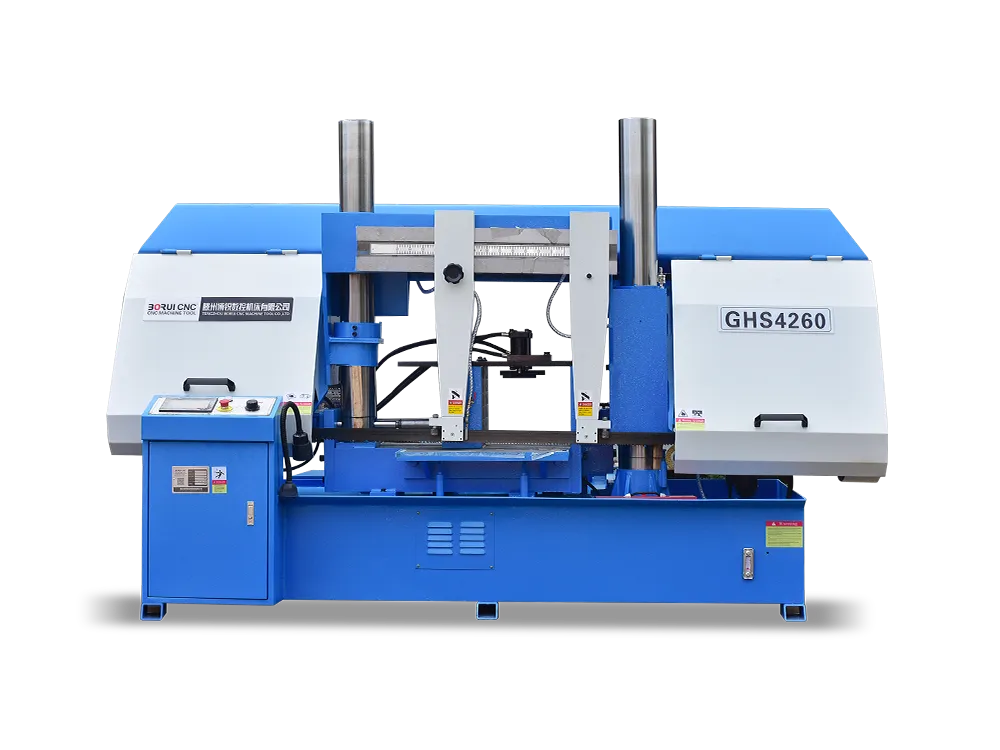In metal fabrication, milling is the most popular method for removing specific components from the material. In this technique, a workpiece clamped down on the table is cut with a cutting tool that rotates quickly. The tool can trim the material into any desired shape and size. It is possible to align a milling machine vertically or horizontally. Makers need to know the differences between vertical and horizontal milling machines because they are built for different tasks.
Because this method is so standard, many shops that make metal things have milling tools. For every kind of milling machine, there are even distinct milling centers. To assist you in understanding how each milling machine operates and which is best for your project, we’ll review what makes each one unique in this post. Continue reading to find out more.
What is A Horizontal Milling Machine?
Horizontal milling machines have a rotating spindle, much like vertical mills do. Nevertheless, this spindle has a horizontal mounting. If you look at a vertical milling machine, the cutting tools are long and thin. The cutting tools on these machines are usually thicker and shorter, more like a grinder wheel.
Horizontal mills can accept deeper and heavier cuts, albeit less adaptable than a CNC vertical knee mill. The motors in these machines usually have more horsepower to move the more extensive beds and heavy workpieces.

What Are Horizontal Milling Machines Used For?
The following kinds of machining operations are the main uses for horizontal milling machines:
- Machining a workpiece’s grooves
- Making slots
- Procedures for multi-side face milling
- Machining tasks involving very large workpieces and complex material
- Horizontal milling machines are brilliant for tough jobs. Such as making scalpels and medical imaging tools for diagnostics.
- Horizontal plane boring, tapping, and drilling.
What is A Vertical Milling Machine?
In machine shops, vertical milling machines are a common sight. As the name implies, these machines have a vertically oriented cutting head or spindle. The cutting tool used to manufacture the workpiece is held in place by the spindle. A quill on specific machines moves the spindle along the Z-axis. The worktable can also be moved up and down the Z axis in three directions: X, Y, and, on particular machines.
If the quill of the vertical milling machine moves vertically along the Z-axis, it can also be used as a drill press. These tools are handy for projects that only need to work on one side, like sectioning or beveling. They are more than just “bed mills,” though. Knee mills, also called Bridgeport-type or turret milling machines, and bed milling machines are the other two types. Each type works differently and has its perks.

What Are Vertical Milling Machines Used For?
Here are just a few of the numerous parts and goods produced by vertical milling machines and the sectors that use them:
- Many vertical milling processes are needed to make shafts, gears, pins, and other car parts, making this a great choice.
- The CNC vertical milling machine is a vital component of the transportation industry. Many of these elements contribute to the safety of their workers and goods while in transit.
- Vertical CNC mills are essential because they can make parts for farm equipment and gates for animals.
- They can also face, slot, drill, and bore, making them very useful. It makes tools and equipment specific to a particular business and is used in many manufacturing processes.
- Great for engraving, toolroom duties, bespoke work, prototyping, and, in a pinch, woodworking projects.
- Because the spindle speed and other features can be changed, vertical CNC mills can do both simple and complex metalworking jobs. They can also be used as cutters to make significant, flat plates for many businesses.
- Because they can be used in many ways, science labs and trade schools buy them as teaching tools to help their students understand how milling works.
Difference Between Horizontal And Vertical Milling Machine Orientation
Let’s begin with the fundamentals. Their titles imply that the primary distinction is the machines’ orientation. The spindle of a horizontal milling machine is put out horizontally, while the spindle of a vertical milling machine is oriented vertically. This changes how every machine is used. For parts with more details, it is better to use the vertical milling machine’s longer but smaller cutting tool. If you want to cut deeper into the object, use a horizontal milling machine.
Versatility
Vertical milling machines are more adaptable than the two types of milling machines. They can be used more efficiently and precisely to produce a greater variety of forms and dimensions. Turret and bed milling machines are the two varieties of vertical milling machines, contributing to their versatility. With the latter, the employee can shift the table along a perpendicular axis. Given that the table and the spindle are movable, the former is more desirable and offers greater versatility. Using the vertical milling machine to produce more shapes when a worker assists you is more spartan.
Conversely, horizontal milling machines are more productive than vertical milling machines and are renowned for their adaptability.
Risk of Error
Computer numerical control (CNC) technology ensures that products are made correctly and precisely. However, controllers are still needed. Vertical milling machines are set up to make it easier for the operator to see what’s happening. Additionally, workers may be tempted to make cuts based on sight rather than measurements because it’s much easier to see your job. Because of this, vertical milling machines have a high risk of human error.
About horizontal milling machines, the opposite is true. On this machine, the spindle location reduces visibility. It would be difficult for operators to see what is happening with the workpiece. There is a risk of error here since workers might need help quickly identifying and correcting fabrication errors.
Cost
The cost is essential when choosing a milling machine for your workshop. The fact that vertical milling machines are less expensive is one factor in their increased popularity. For those who purchase them, they provide cost-effectiveness and versatility. Smaller businesses find them appealing due to their low starting cost.
Nevertheless, even though they cost more, horizontal milling machines are more productive over the long term. A single attentive worker can control two of these machines, even though fewer are qualified to operate them. Additionally, horizontal machines have a quicker processing time, which increases product output and justifies the expenditure.
Workload
Regarding heavy jobs, horizontal milling machines are better than vertical milling machines. These machines can do jobs that require three or four vertical milling tools. This is because horizontal milling machines often have greater power than vertical ones. When used a lot, vertical milling machines can shorten the life of tools, but horizontal milling machines can make tools last longer.
Tool Geometry
The two types of milling machines have various milling cutter and cutting tool shapes and specifications. Compared to vertical milling machines, horizontal milling machines have shorter, thicker tools that may make deeper cuts and remove more material.
Vertical milling machines often use end mills or dovetail cutters, which are long cylinder tools, to make shallower but more accurate cuts on smaller pieces of work.
Cutting Specifications and Accuracy
The geometry of the cutting tool directly influences the parameters and outcomes of its cutting. Horizontal tools are more stable during deep, heavy cuts since they are thicker and shorter. Vertical tooling, conversely, cannot make deeper cuts due to vibration, which can occasionally shatter and impair cut precision.
Material Removal Rate
A horizontal milling machine is much better than a vertical milling machine at cutting through the material because it is more stable and can bore deeper. Machinists often use vertical milling tools for tasks like facing and grooving since they are more accurate and don’t cut as deeply. But because of this limited cutting ability, the vertical mill can’t remove as much material as it used to.
Overarm and Arbor Support
The overarm and the arbor support are two features of the horizontal milling machine absent from the vertical mill. At the top of the column is a horizontal beam known as the overarm. Depending on the required machining, a cutting tool or an arbor may be held in horizontal mills. An arbor support is necessary to align and support the arbor when it is used for a particular type of milling. The overarm is bolted to the arbor supports. These two components are unique to the horizontal mill.

Conclusion
Purchasing a horizontal or vertical milling machine is an intelligent choice. You can benefit from the assistance of both machines in your fabrication processes. However, if you need help deciding whether to get a horizontal or vertical milling machine, read this article and consider their differences. Also, think about what your business needs.




